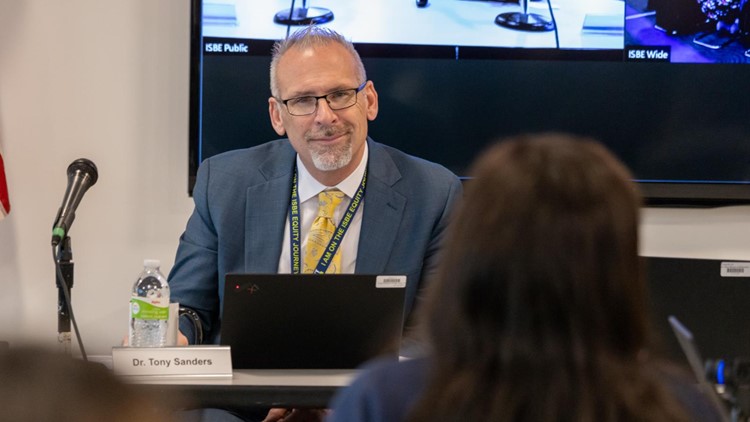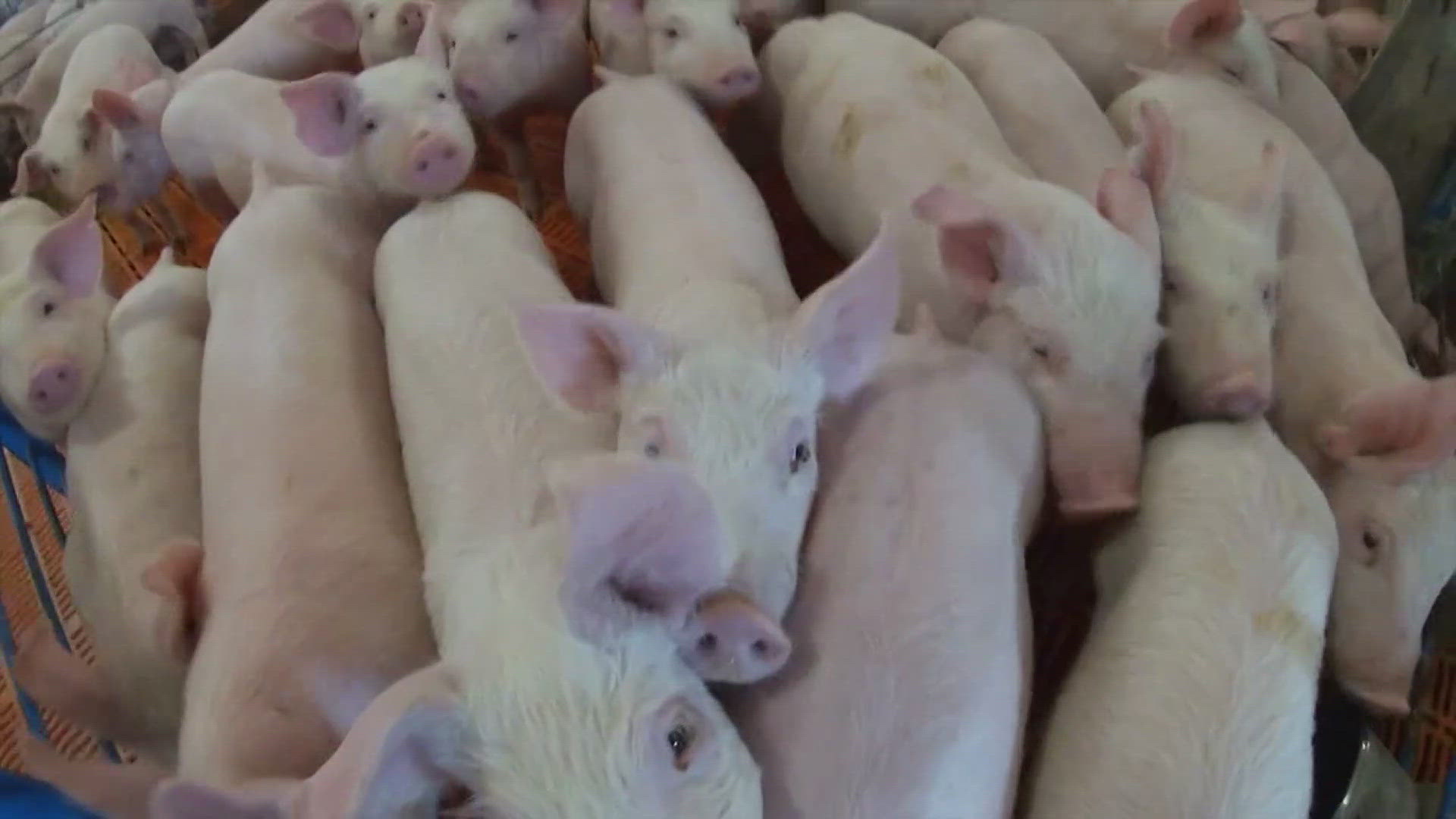SPRINGFIELD, Ill. — Officials at the Illinois State Board of Education say they’re receiving more requests for increased funding for next year than the state could possibly afford, and they’re bracing for the possibility that budgets will start to tighten in the near future.
“It does appear that revenue will be a little bit tighter in the next four to five years,” ISBE’s chief financial officer Matt Seaton told the board at its monthly meeting Thursday. “And with other state pressures, whether that be pension payments or what have you, it would be our anticipation that the budgets are going to start to restrict a little bit.”
Seaton delivered a summary of the funding increase requests that ISBE received from districts and members of the public during a series of hearings on the agency’s budget last month. Those requested increases, he said, totaled just over $1.7 billion.
The largest of those was for an increase in Evidence-Based Funding, or EBF dollars. That’s the formula that lawmakers approved in 2017 aimed at eventually bringing all districts up to an adequate level of funding.
Under the law, the state is required to add at least $350 million in new funding each year to its preK-12 spending, with the bulk of that money earmarked for districts that are the least adequately funded. During the budget hearings, however, advocates pushed for an even bigger increase – roughly $550 million.
Advocates made a similar request last year. But Tony Sanders, who took over as state superintendent of education in February, was reluctant at that time to request more than what is required under state law. He has indicated he's unlikely to change that position.
“I'm in it for the long run to make sure that we're able to sustain that funding year over year at the $350 million level,” Sanders, a former superintendent of School District U-46 in Elgin, told Capitol News Illinois during an interview in March. “So I was fully on board with $350 million. But even as a former school district leader, I was not supportive of the $550 million that was being requested.”
Seaton said many of the funding requests ISBE received during the hearings were similar to previous years – an additional $75 million for early childhood education, for example, and $10 million more for career and technical education.
But he said there were also some new categories of funding requests this year, including requests to replace a stream of temporary federal funding that is about to be discontinued. Elementary and Secondary School Emergency Relief, or ESSER funding, helped cover some extraordinary expenses schools incurred during the COVID-19 pandemic.
So far, according to ISBE data, nearly $7.8 billion of ESSER funding has come to Illinois since March 2020, but nearly all of that went directly to school districts.
Of that money, about $5.3 billion has been spent, with more than a third – $1.8 billion – going toward salaries, $1 billion going toward purchased services such as outside contracts, and $681 million for supplies and materials.
That funding stream will end in September 2024, which will leave many districts facing some tough budget choices heading into the 2024-2025 academic year.
The budget discussion at the state board came one day after the Governor’s Office of Management and Budget issued its latest five-year revenue projections. That report included a $1.4 billion upward revision to the revenue estimate for the current fiscal year, bringing the total estimate for this year to just over $52 billion.
But the report by GOMB also said that bump in revenue could be largely offset by $1 billion in additional spending needs this year. And the report suggests that revenue for the upcoming fiscal year, which begins July 1, could drop slightly, to $51.5 billion, and then experience modest growth in the years after that.
GOMB noted that while most economists are no longer predicting an imminent recession, several “recession related characteristics” exist that could affect future economic performance, and thus future state revenues. Those include consumers dipping into savings and taking out more debt to maintain spending levels and the resumption of student loan repayment that could reduce consumer spending.
Meanwhile, the Illinois Department of Employment Security reported Thursday that nonfarm payroll jobs in Illinois fell by 15,000 in October while the state’s unemployment rate rose two-tenths of a point, to 4.6 percent, well above the national rate of 3.9 percent.
Thursday’s discussion at ISBE was only a preliminary step toward developing a budget proposal for the upcoming fiscal year. Seaton said agency staff will make a more formal proposal at the board’s December meeting. The board is expected to vote on a formal budget request in January.
Capitol News Illinois is a nonprofit, nonpartisan news service covering state government. It is distributed to hundreds of newspapers, radio and TV stations statewide. It is funded primarily by the Illinois Press Foundation and the Robert R. McCormick Foundation, along with major contributions from the Illinois Broadcasters Foundation and Southern Illinois Editorial Association.
Watch more news, weather and sports on News 8's YouTube channel



